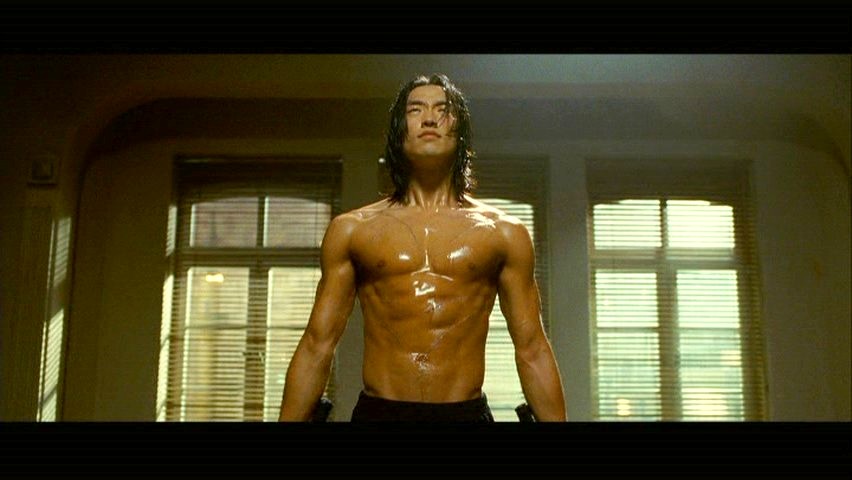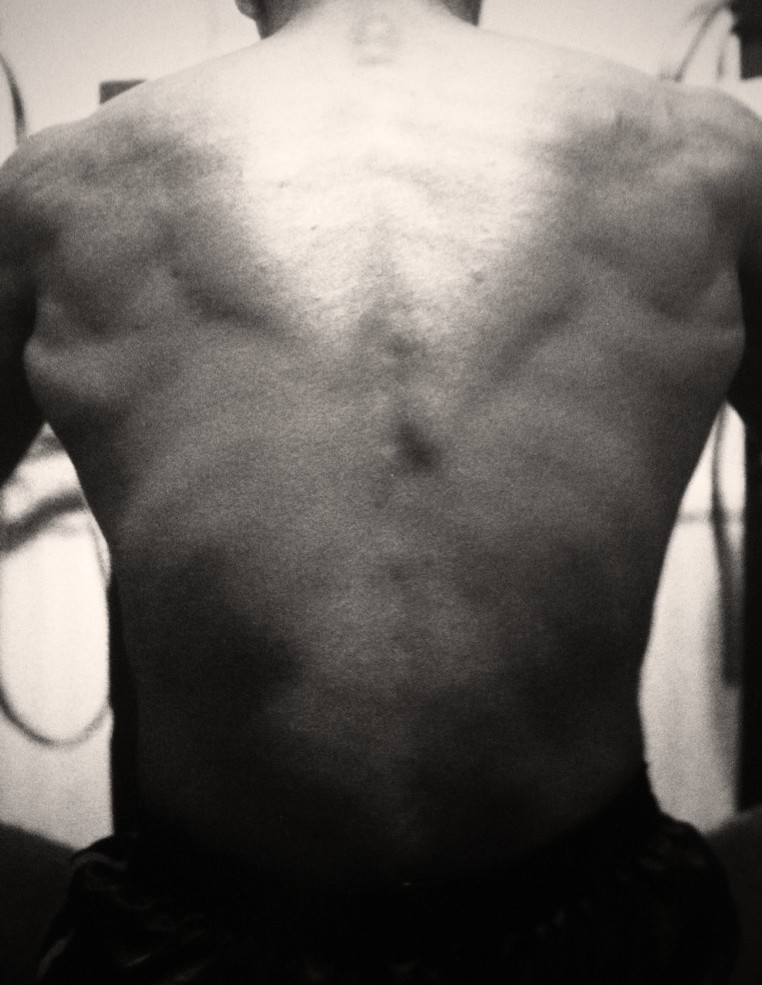“Simplicity is the greatest form of complexity.” As the saying goes and it seems to hold weight. The fitness industry (like many industries) loves over complicating, hyping and peddling half-truths etc… yada, yada… you get the picture.
Anyways, that’s a whole other chapter in and of itself.
Outlined in this article are three key points that have certainly benefited me, and I’m certain that, should you choose to adopt them into your training arsenal, (if you haven’t already) they’ll bring significant and dramatic effects to your physique.
The three points listed combine together to produce an outcome I’ve dubbed the “TRIPLE D’S”
Density, Definition & Detail!!
If you structure your training and nutrition in a way that enables you to direct your attention to these areas, I’m certain you’ll relish the result.
Enough chatter. You ready to get down to it?
1) Strength (Relative) : To increase density and carve out detail
Strength takes top priority, because developing strength is the cornerstone in creating a base or laying the foundations for a solid, dense physique. In fact, if you were to focus on honing your strength level and getting incredibly lean, you’d carve out a pretty damn impressive physique.
Now let’s take it a step further and say that relative strength is more impressive and will do way more for your physique than total strength. Think about it logically, if you can bench press 315lbs at a bodyweight 175lbs and 8% body fat compared to some other guy that can press the same weight at 230lbs and 20% body fat, who’s stronger? (I leave you to decide).
Improving your relative strength is simple in nature, but far from easy in practice. Why you ask?
Because you need to progressively increase poundage and get stronger whilst maintaining a lean body. (We’ll talk more about body fat a little later).
Lift and progress to lifting heavier weights or adding reps with the same weight each workout. Make it your aim to improve on a weekly basis either by adding an additional rep or increasing poundage through a technique called micro loading. (For those who don’t know micro loading involves strapping on a pair of fractional plates i.e 0.5lbs-2.5lbs to the ends of the bar to continue incrementally progressing).
This is a highly effective strategy, since it’s not always an option to slap on 5-10lbs to the bar and rep out every workout.
Remember, the key pointer here is, that muscles are adaptive tissues that respond to stress and tension. (Without getting too scientific) They grow and adapt to handle stresses so that your body is ready and prepared to deal with a similar challenge in the foreseeable future. (The challenge in this case, the stimulus from weight training).
Muscle is therefore created in an attempt to make the body more efficient at dealing with the physical stress of lifting weights, thus making it imperative that you increase the stimulus overtime, to avoid stagnation.
On a side note, lifting heavy weights is only one form of progression, there’re other ways to challenge your body, as it’s not always feasible to continue upping the poundage. Eventually there comes a point when you just can’t possibly get any stronger. (To put it in perspective, if the human body was capable of continuing to lift heavier with no upper limit, everybody would be lifting 3,000lbs).
That said however, the majority of people are a way off from maxing their strength potential.
So back to the point, lifting heavy has two major advantages over lighter “pump” workouts. The benefit being an increase in muscle density and (obviously) overall physical strength. This added density gives the muscles a hard, angular look or what I refer to as “marble flesh.”
Personally, I employ a rep range of around 4-8 reps. I use a method known as RPT (reverse pyramid training) meaning my first set is the heaviest. I usually hit the first set for 4 followed by a set of 6 and finally a third set of 8 reps.
2) Low body fat: To boost definition and bring out detail
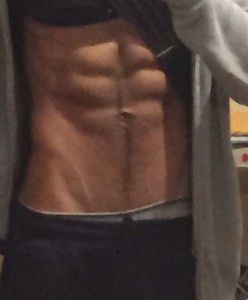
A lean individual, showcases chiseled, dense musculature. Cuts, separation and definition all become more prominent as adipose is stripped away. The idea is to look like you’re carved out granite. A damn solid sculpture.
Being lean in the 7-10% (the more you tend towards to lower end of the spectrum, the more pronounced the effect) body fat range will make you look more angular and in certain eyes this is more attractive. (If you catch my drift).
Having a low body fat isn’t just an asset when it comes to pure cosmetics either. No, no, no. Being lean will have positive effects on endocrine functioning and hormonal profile. A leaner body has an “easier” time utilising nutrients and directing them towards muscle growth and cell repair than a fatter individual.
Just like anything you can run into issues or too much of a good thing. Eventually the leaner you get the body begins to run certain issues i.e. decline in testosterone declines, mood issues, muscle loss and a dive in sex drive. (None of these are desirable).
These problems usually arise in individuals maintaining sub 5% body fat for extended periods of time. (Which isn’t the vast majority of folk, I might add).
Getting down around 7-10% body fat range will not result in those damned pesky issues and you’ll still look fantastic.
The trick to getting lean and staying there, is to find a suitable way to eat less, while getting in essential nutrients to nourish your body. I personally like intermittent fasting, but you don’t have to fast to get lean.
Find a way of eating that allows to you to:
- Eat at a calorie deficit
- Fits your schedule/lifestyle
If you can stick to it, that’s worth it’s weight in gold.
Proportion
Pecs too big for the arms? delts dwarfed? Having the right balance and keeping muscle groups proportionate with each other is key in looking good (let’s face it, we all want to look good on some level).
Unless you want to look like Johnny Bravo, (nothing against you) you need proportion to maintain balance and symmetry of your physique.
From a purely aesthetic standpoint it’s a good idea to attempt to bring and model your physique on the classical V shape.
Broad, masculine shoulders, wide, flaring cobra like lats that sit atop a taut, slender waistline housing a diamond cut midsection.
Focus on sculpting your shoulders, upper back and lats to make your waist appear smaller. Bring your legs on par with your upper body. Build your upper chest to give your pecs an armor plated appearance.
If you need a little inspiration, take a look at images of the Roman and Greek sculptures, hell go visit a museum or art gallery and get a firsthand view.
So, in a nutshell
- Get Strong
- Get Lean
- Get Proportionate
From now on make your mantra
“Density, Definition & Detail.”
Hope you enjoyed the article. Feel free to subscribe for more epic content.
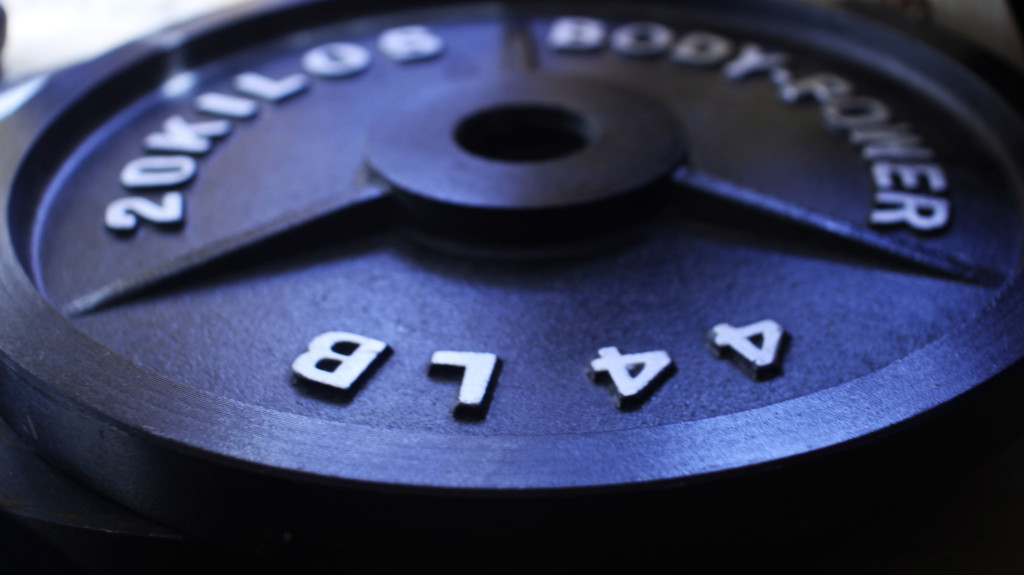
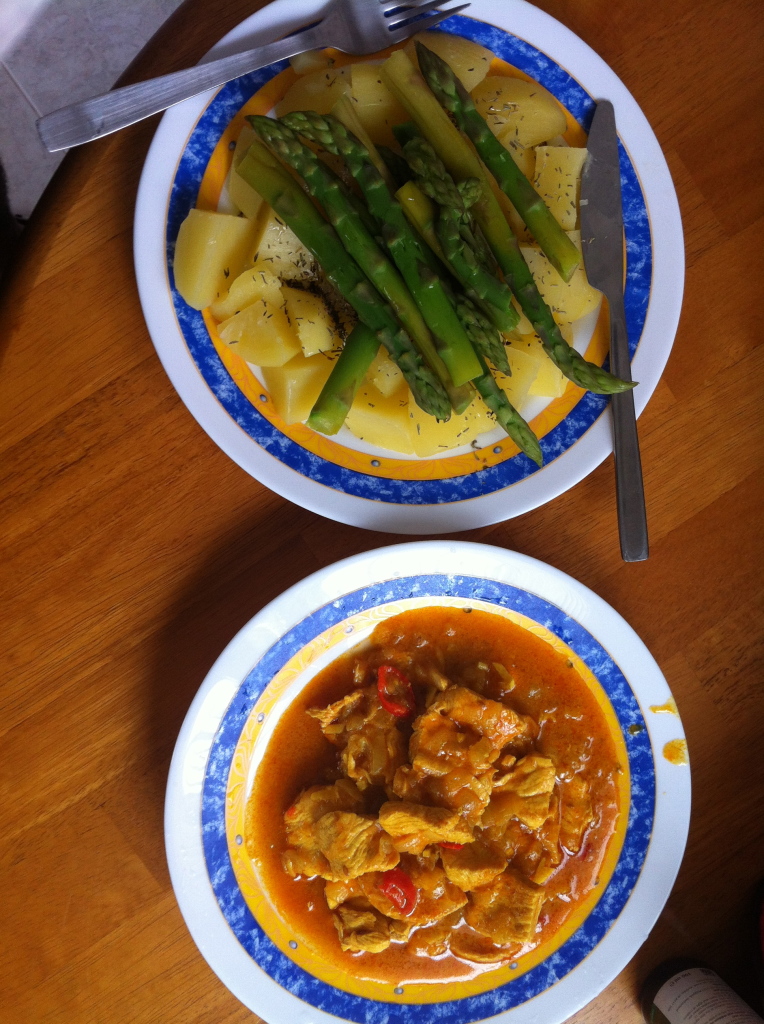 In the last article we covered training to attain the
In the last article we covered training to attain the 